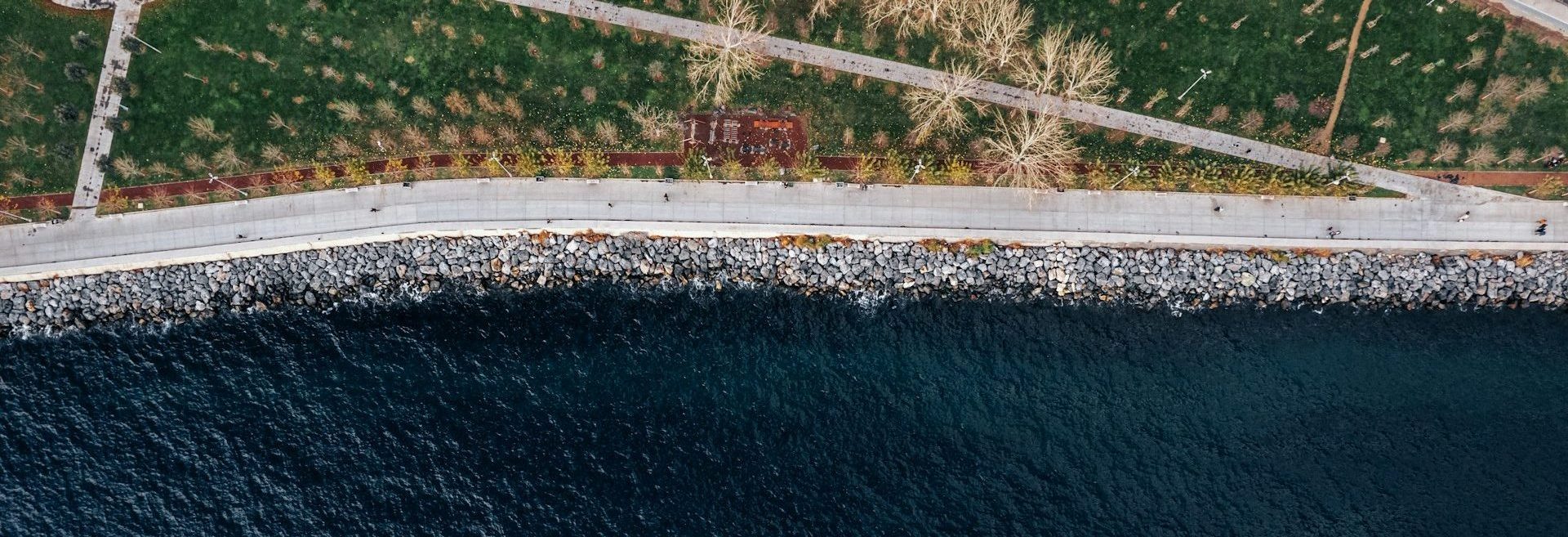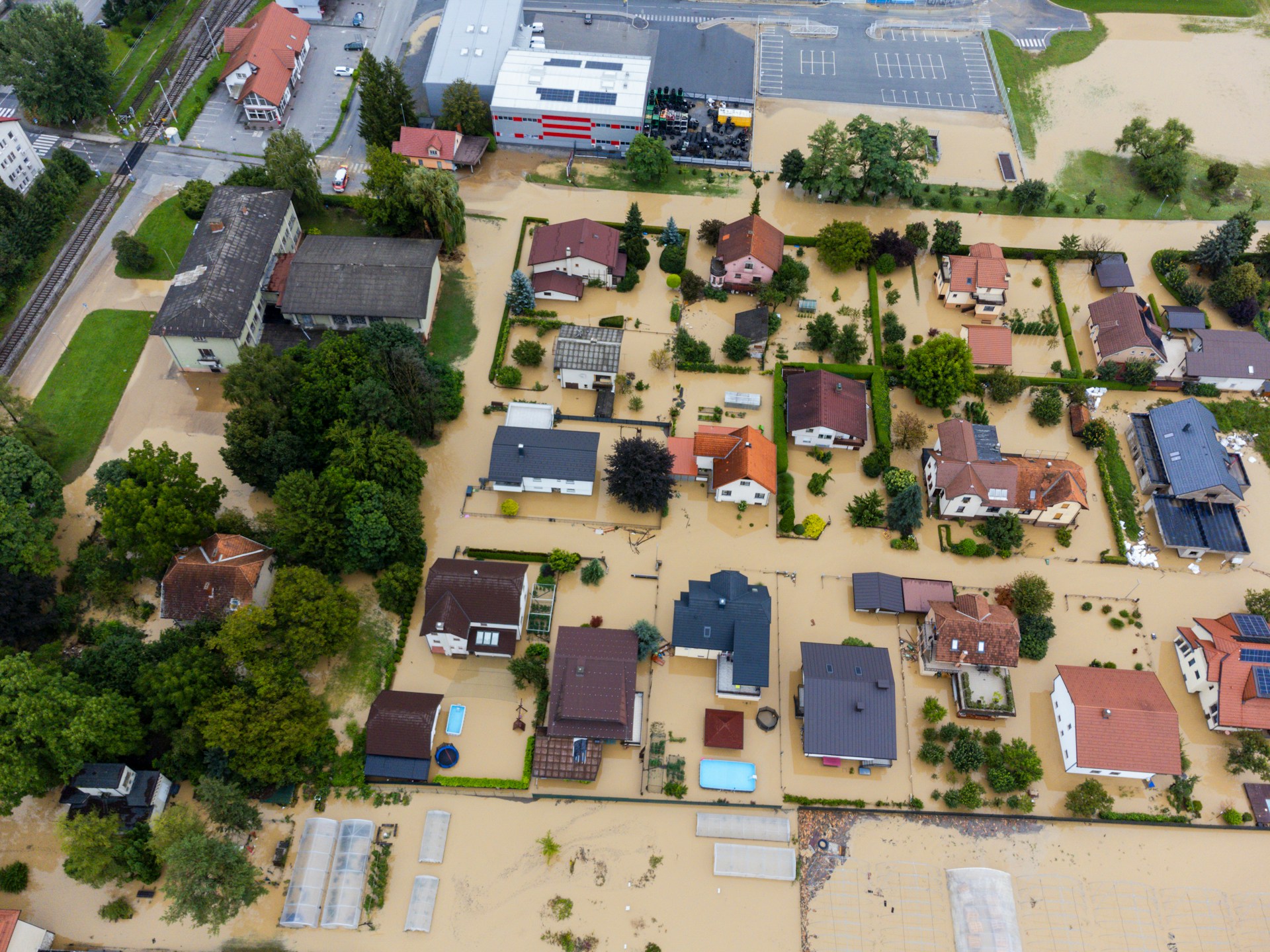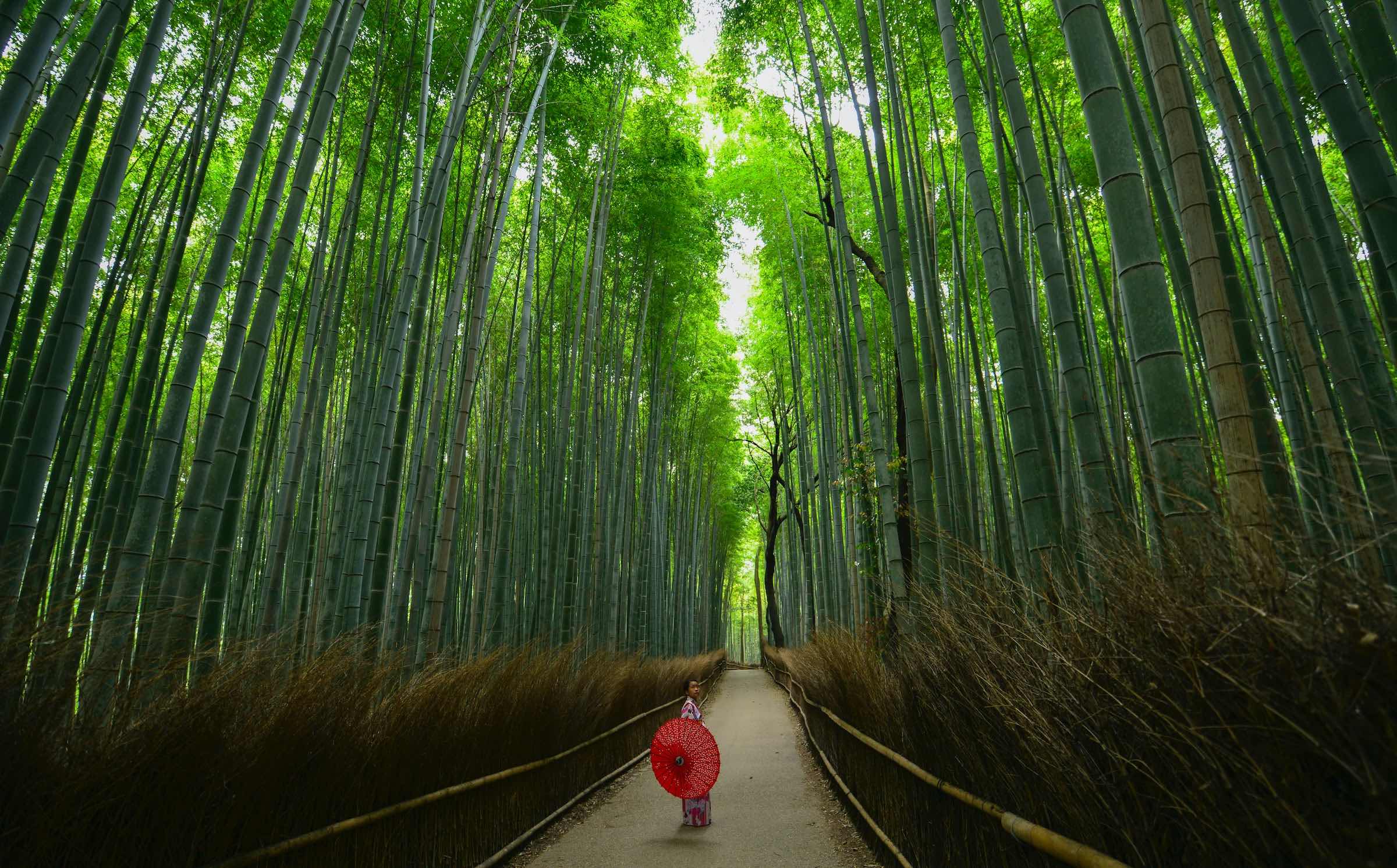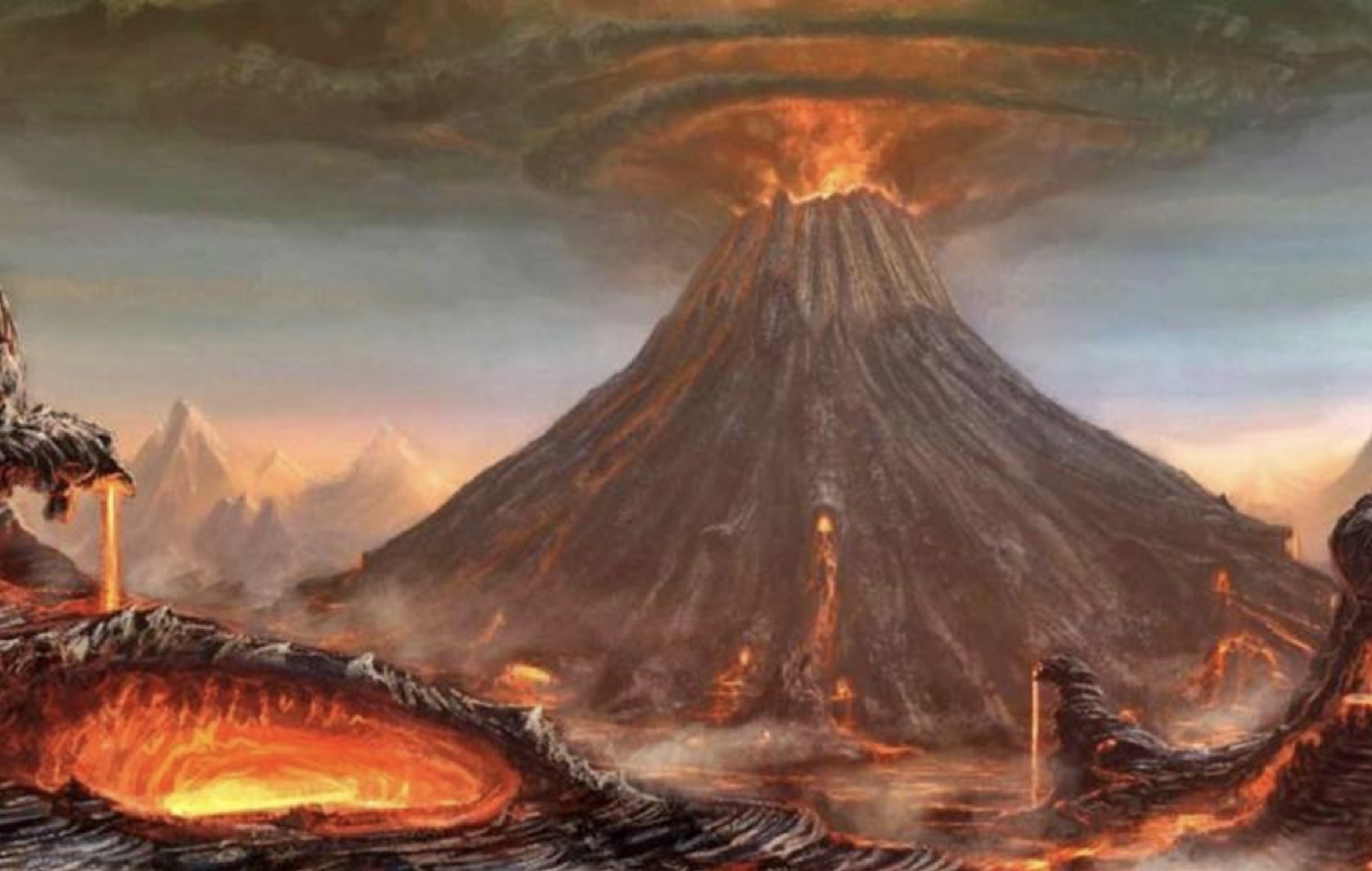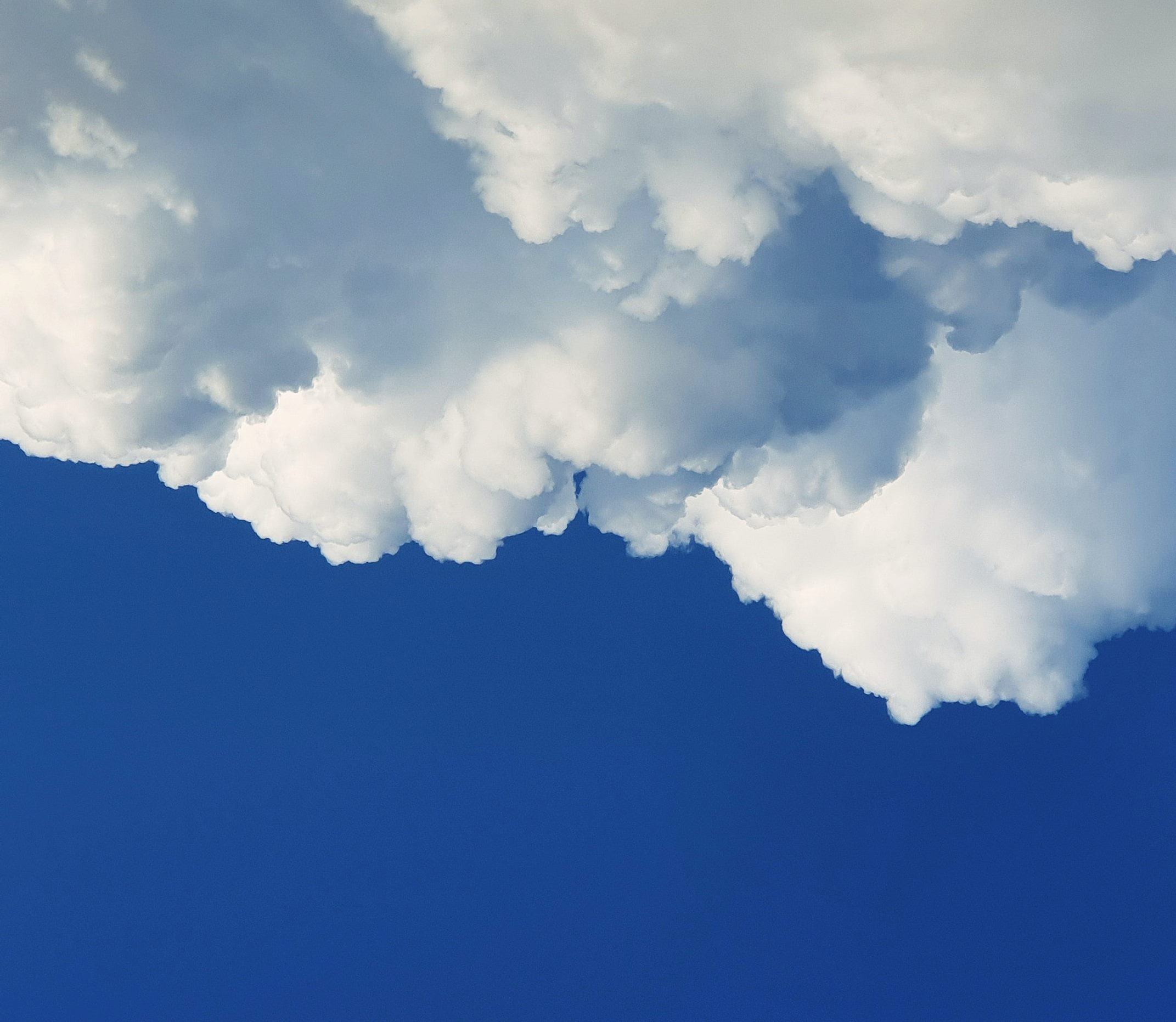The year 536 has been described as one of the worst in human history, marked by an eerie darkness that settled over much of the known world. Roman statesman Cassiodorus painted a picture of a world turned upside down – one where the sun’s rays were feeble and bluish, casting no shadows even at noon, and where the moon appeared drained of its usual brilliance. He described a climate thrown into disarray, with a winter that lacked storms, a spring that brought no warmth, and a summer stripped of its heat. Crops failed as frost clung to harvests, and food stores became a lifeline against an unrelenting crisis.
Modern scientists now understand that these disruptions were caused by a massive volcanic eruption –or possibly multiple eruptions –that hurled vast amounts of debris into the atmosphere, triggering a prolonged cooling period and a widespread famine. However, for those living through it, as Cassiodorus’ words suggest, it must have felt like the very order of nature had collapsed, with seasons that seemed “to be all jumbled up together” and the sky described as “blended with alien elements”.
In an era dominated by urgent discussions on climate change, history might not seem like the most obvious discipline to turn to for answers. Yet, Prof. Helen Foxhall Forbes from Ca’ Foscari University of Venice offers a compelling perspective: the past as a “closed experiment” – a completed sequence of events from which we can learn, even if we cannot rerun them.
In the following interview, Forbes explores how historical climate events can shape our understanding of today’s environmental challenges and how collaboration between climate scientists and historians could lead to surprising new insights.
The concept of the past as a “closed experiment” is an intriguing way to connect history with scientific analysis. What can we learn from this experiment?
I think that one of the most interesting things about this approach is that in modern science, an experiment is something you can rerun to verify the results. But with history, that’s impossible. What happened is set – we can analyze it, but we can’t repeat it. That’s why I refer to the past as a “closed experiment.” We can examine historical events, environmental changes, and societal responses, but we can never truly recreate them.
How does this differ from climate modeling? Can we use simulations for historical changes in climate as well?
That’s an interesting question. Climate modeling has advanced significantly, and we can simulate certain aspects of past climates. But there are uncertainties. For instance, during my research I realized that volcanic eruptions play a key role in historical climate change, yet we often lack precise dates for these events. Take the 536 CE eruption, which led to a period of dramatic cooling. Many scientific models use March 536 as the eruption date, but – based on written historical records – I believe that date is unreliable. If the timing is off, the resulting models may be misleading.
In our project, we are using agent-based modeling – a technique usually applied in archaeology – to simulate how communities might have responded to environmental changes. We create a hypothetical village based on real archaeological data and then introduce climatic shifts, such as a two-degree temperature drop or a 20% increase in rainfall. This helps us explore the potential impacts on agriculture, trade, and daily life.
What kind of results do these models reveal?
The best models don’t just confirm what we already assume; they surprise us. For example, one study found that under specific climate conditions, the practice of gift-giving increased – something no one had anticipated. When models yield unexpected results, it prompts us to look back at historical records and see if there’s evidence to support them. Our approach is unique because we integrate a vast amount of historical data, not just archaeological findings.
You are dealing with historical climate shifts, yet climate change is often framed as a uniquely modern issue. How do you connect these two realities?
That’s a crucial point. Climate has always changed, but the key difference today is that modern climate change is largely anthropogenic –human-caused – and its trajectory is unprecedented. In the past, societies often faced climate shifts they couldn’t control. Some adapted, while others collapsed. That’s a sobering lesson for us today: resilience is possible, but there are limits. If we push the environment too far, recovery may not be an option.
Do you think historical knowledge can influence modern decision-making on climate policy?
Only if people in power are willing to listen. History shows that societies that fail to respond effectively to climate challenges don’t always survive. Decision-makers need to recognize that resilience requires action, not just reaction. The problem is that history is full of instances – such as wars or even worse events – where we say, “We must learn from this,” yet similar mistakes are repeated. Climate change is no exception.
Regarding the events of 536, Cassiodorus wrote that people were “alarmed, and naturally alarmed, at the extraordinary signs in the heavens”, but also suggested that they should not be “too much distressed”, to “return to the consideration of Nature, and apprehend the reason of that which makes the vulgar gape with wonder”. This perspective feels surprisingly modern.
Yes, Cassiodorus was writing in the aftermath of the 536 CE climatic downturn. He acknowledged the crisis but urged people not to despair. This mirrors today’s shift in climate discourse – from catastrophe-driven messaging to a more solution-oriented approach. The message remains: “Yes, this is serious, but here’s what we can do.” That balance between awareness and agency is crucial.
Climate anxiety is a relatively new phenomenon. How do you see it evolving from the panic experienced by people in the past, especially when viewed through a historical lens?
In the past, people experienced climate-related disasters, but they lacked the real-time data we have today. Now, we are constantly exposed to alarming climate news, which contributes to anxiety. There is also a concept called “ecological grief” – a deep emotional response to environmental loss. While historical records show that people mourned the destruction of their surroundings due to events like earthquakes or floods, the sheer scale of today’s crisis and the awareness of our role in it amplify the psychological impact.
What are the biggest challenges ahead in your research field?
I think one of the biggest challenges is fostering stronger collaboration between historians, archaeologists, and climate scientists. Each discipline has valuable insights, but integrating different methodologies and data sources can be difficult. Another challenge is improving the accuracy of climate models by refining historical data inputs. If we don’t get the dates and assumptions right, the conclusions drawn from these models can be flawed.
I hope this kind of multidisciplinary research helps people see the long-term relationship between humanity and climate. While we can’t undo the past, we can learn from it. And perhaps, if we think about how we want future historians to write about this era, it will motivate us to act in ways that leave a more hopeful legacy.
Helen Foxhall Forbes is Professor of Medieval History at Università Ca’ Foscari, Venice. Her research centres on history, archaeology and theology in western Europe and the Mediterranean in late antiquity and the early middle ages, focusing particularly on issues relating to intellectual culture, social change and the environment. She is the Principal Investigator of an ERC Consolidator Grant, SSE1K: Science, Society and Environmental Change in the First Millennium CE (Grant Agreement No. 101044437), which examines intellectual and social responses to environmental change in the Mediterranean.

